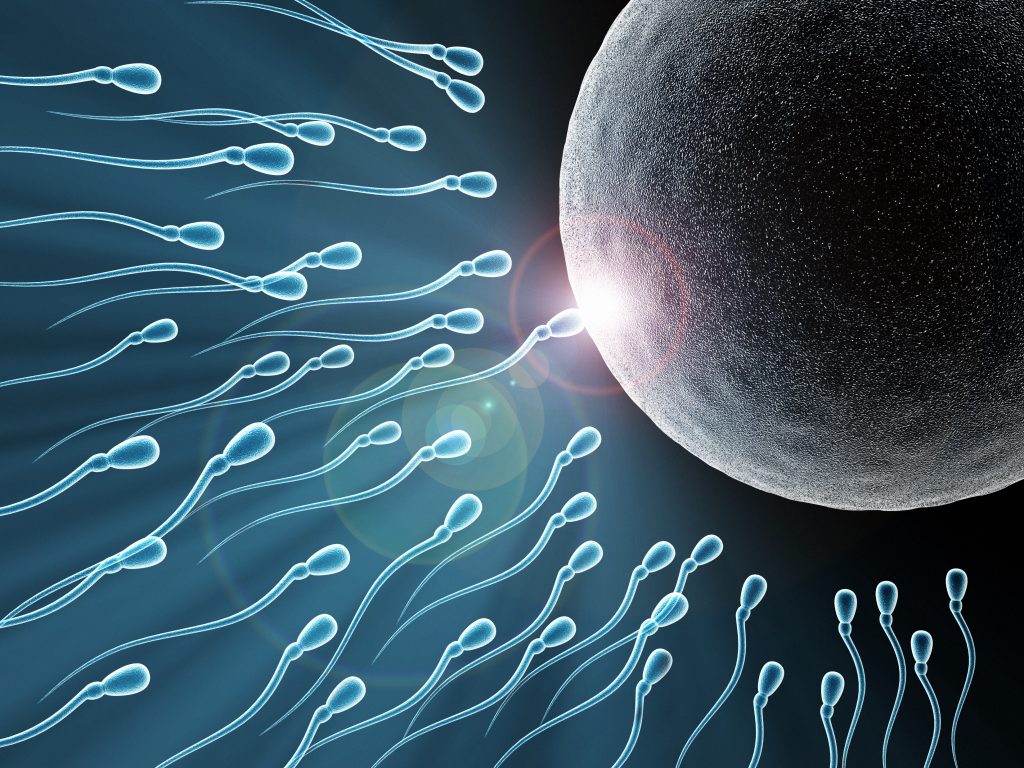Source: focusonreproduction.eu
While investigators in the HABSelect trial of more than 2700 ICSI couples are unable to recommend sperm selection by hyaluronic acid binding score, miscarriage rates were reduced by this approach and merit further research.
The better the sperm, the better the embryo, says Jackson Kirkman-Brown, Co-ordinator of ESHRE’s SIG Andrology, in a feature elsewhere in Focus on Reproduction. Screening sperm on the basis of quality, he argues – and not just sperm count or morphology – offers an opportunity to improve sperm selection for ICSI and thereby live birth rates.
A Cochrane review in 2014 described the various advanced techniques claimed to improve sperm selection as based on surface charge, sperm apoptosis, sperm birefringence, sperm morphology under ultra-high magnification, and ability to bind to hyaluronic acid.(1) The Cochrane reviewers found no evidence in support of any of the methods identified, though one or two small trials had suggested that ICSI with hyaluronan-selected sperm (what others have referred to as ‘physiological’ ICSI) did improve embryo quality and live birth rates.
That ‘insufficient’ body of evidence has now gained weight with publication of the HABSelect trial, a multicentre trial in 2772 ICSI couples randomised to sperm selection based on binding to hyaluronic acid or to routine assessment – and described as the largest study of this type.(2) The trial’s primary outcome was full-term live birth, with secondary outcomes listed as miscarriage rate and clinical pregnancy rate.
Results
When the data were analysed, term live birth rate was found to be 27·4% in the hyaluronic acid-binding group and 25·2% in the standard ICSI group. Moreover, there were no differential effects of treatment according to sperm binding scores, maternal age, previous miscarriage, maternal FSH concentrations, or paternal sperm concentrations. This, say the authors, for the first time provides ‘a robust measure of live birth following an hyaluronan-based sperm selection’, which at present ‘is not recommended’.
However, the study did find a significantly lower rate of miscarriage in the hyaluronic acid-binding group – with a suggestion here that sperm quality does indeed have a real effect on embryo quality and clinical outcome. A reduction in miscarriage rate is similarly the only consistent evidence to emerge from 20 years of studies in PGT-A.
DNA damage
Several studies over the past decade have shown clear inverse relationships between DNA damaged sperm in the ejaculate (high rates of DNA fragmentation) and pregnancy or live birth rates in standard IVF. However, this relationship is less clear in ICSI, where the ‘natural’ selection of IVF is replaced by the embryologist’s own expert selection. Further studies have also shown that sperm cells with above-average rates of DNA damage have a proportionally lower ability to bind to hyaluronic acid, a secretion of the cervix which is also known to be a major component of the extracellular matrix surrounding the oocyte-cumulus complex. In earlier studies, which the HABSelect trial was designed to confirm, couples who benefited most from ICSI had low hyaluronic acid–sperm binding scores.
The HABSelect trial marks a small step forward in the understanding of sperm quality in the determination of embryo viability. As the authors of this study said in their outline of its design, ‘compared with egg and embryo quality, relatively little effort has been expended on improving sperm quality beyond processing semen according to WHO guidelines’.(3)
Based on the HABSelect results, however, the authors – from 16 ART centres in the UK – are unable to recommend hyalanuric acid-sperm binding as a sperm selection method for ICSI, but they do propose that the miscarriage results deserve more study, to ‘establish the patient and sample characteristics that underpin the reduction . . . and the mechanism responsible’.
1. McDowell S, Kroon B, Ford E, et al. Advanced sperm selection techniques for assisted reproduction. Cochrane Database Syst Rev 2014; 10: CD010461.
2. Miller D, Pavitt S, Sharma V, et al. Physiological, hyaluronan-selected intracytoplasmic sperm injection for infertility treatment (HABSelect): a parallel, two-group, randomised trial. Lancet 2019; 393: 416–422.
3. Witt KD, Beresford L, Bhattacharya S,et al. Hyaluronic Acid Binding Sperm Selection for assisted reproduction treatment (HABSelect): study protocol for a multicentre randomised controlled trial. BMJ Open 2016.



